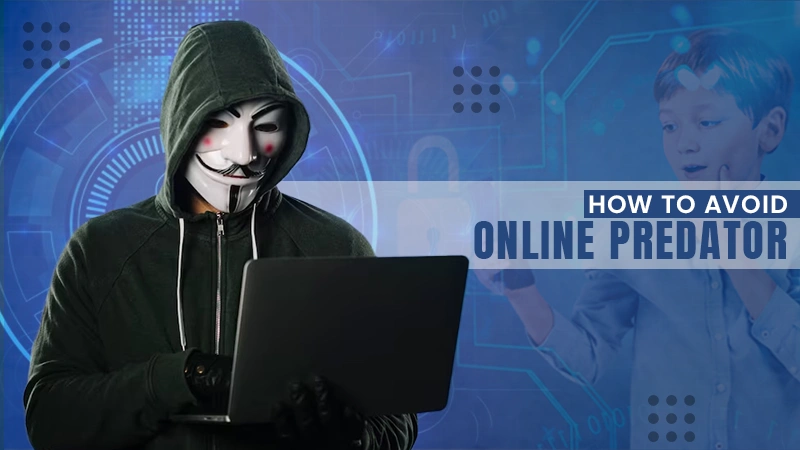What are Spear Phishing Attacks and How to Prevent Them?
Phishing is one of the most invasive and damming attacks an organization can face. Not only does phishing breach a company’s mainframe and hold its data and platform hostage, but it also breaks down morale and subjugates your staff, due to its psychological component, to scrutiny and shame. It is a cybercrime that not only adopts technological tools but employs the latest in emotional head games and psychological manipulation.
An organization must run constant security checks and conduct awareness seminars on phishing. In this article, we are going to tell you about some of the ways the practice has evolved and how to prevent spear phishing attacks — the newest cybercrime iteration.
Also Read: Techniques That Help to Maintain A Spam-Free Inbox
What is a Spear-Phishing Attack?
A spear-phishing attack is a phishing method that targets key individuals or groups within an organization. It is an incredibly potent form of attack, based on social-engendering tactics, that focuses solely on one individual or team and tries to take advantage of a chink in their armor.
How does a Spear-Phishing Attack Normally Work?
This social engineering strategy is based on the premise that the targeted individual has a predisposition to carry out the necessary actions for infection — that the individual is liable to open the email, link to an attachment, divulge key information that will inevitably lead to data loss or financial loss. The attackers typically target individual accounts they have previously flagged. These accounts have regularly been pinged, in some form, by the criminal organization and they have already determined that the person has a propensity towards risky internet behavior.
Unlike normal attacks, which are based on the shotgun method – delivering massive emails and malware at random individuals – spear-phishing breaches are more fine-tuned. They target an individual— they include a lot of reconnaissance and take into account massive teamwork from multiple hackers. These attacks are normally launched when a group or specific criminal believes there is a large pay-day to be had.
They can either infiltrate your organization for financial gain or gather information. Not all cybercrime, despite what is normally divulged by the press, has to do with profit. Some are motivated by industrial espionage, others simply instigated for fun, and a large number of them are performed by groups as challenges — to boast to their inner circle that they managed to break into “such and such” mainframe, as a form of sport or mental exercise.
Warning Signs of Spear-Phishing Attacks
Spear-phishing attacks share all the warning signs of normal phishing attacks, the main difference is that they are much more specific and much harder to spot. Why? Normally, phishing assaults, which normally come in email, can be spotted by following a few specific rules — if the email has any one of these traits:
- Unfamiliar tone or general greeting.
- Grammar and spelling errors.
- A sense of urgency.
- Suspicious attachments.
- An odd request.
- Request for personal information.
- A link to an outside source — and not an app or a verified website.
- An email address that is slightly off.
Unfortunately, spear-phishing attacks take into account all these criteria and work with the fact that most of us have been trained to spot them. These types of attacks are more refined, more personal, and are done through various stages – each guiding the victim into a sense of false security.
For example, the email you might receive will come addressed specifically to you. It will show off enough information about your account, and ID – data that can be bought online at a discount – to seem genuine. The communication will have a pitch-perfect format, a copy of the organization it is trying to impersonate. It will give you a phone number and account info. It will take you through various steps of ID verification.
How to Prevent Spear-Phishing Attacks?
Let’s talk about some ways you can prevent a malicious attack of this nature.
Employee Security Awareness Training
If you see something, if you sense something, say something. You have to train your employees that it is better to look like a fool and ask your IT department about a mail or communication that’s prickling their Spider-sense, than the alternative. 78% of employees that are victims of spear-phishing attacks normally explain, in after-action reports, that they simply didn’t want to bother their bosses. Most felt, right from the outset, that something was off — but they would have rather fallen for the trap, instead of feeling as if they were being an inconvenience.
Multi-Factor Authentication
Today, most systems use multi-factor authentication. What is MFA? That’s when to access a secure database of the platform the user has to present more than one form of “ID”. Before most companies were content and could rely on a mix of user names and passwords for admittance — today, that’s too limiting. Today’s tech has allowed most companies to incorporate face scans, fingerprint authentication, phone SMS text, and a slew of other methods that, combined with a password, give their systems added levels of security.
Anti-Virus Software
Employing anti-virus software and keeping your systems up-to-date with the latest updates and firmware security features is key. And it’s not just your in-house hardware but for all other tools – including personal tablets and smartphones – that your staff uses to access your data and mainframe.
Employing a Cybersecurity Team
Right now, more than ever, it’s critical to set up a cybersecurity team to look over your assets. To install protocols. To create tactics. To oversee employee behavior. You need a proactive stance when it comes to your security — not just reactionary.
Being Proactive
According to the FBI, reported losses due to cybercrime have risen in the past few years. How much? In 2019, the United States accounted for over $4.2 Billion. By the year 2025, it’s estimated that the figure will balloon to $9 billion. Most companies have a lax understanding of the type of issues they might face if they are ever breached. They don’t take into account how it will affect their branding; how many days it will take them to recover from the attack; how their stocks will plummet due to bad press; not to mention if they are ever sued due to mishandling of user private data. It’s important to always have an active game plan. One that is not limited to simply responding to a breach, but preventing one.
Share















